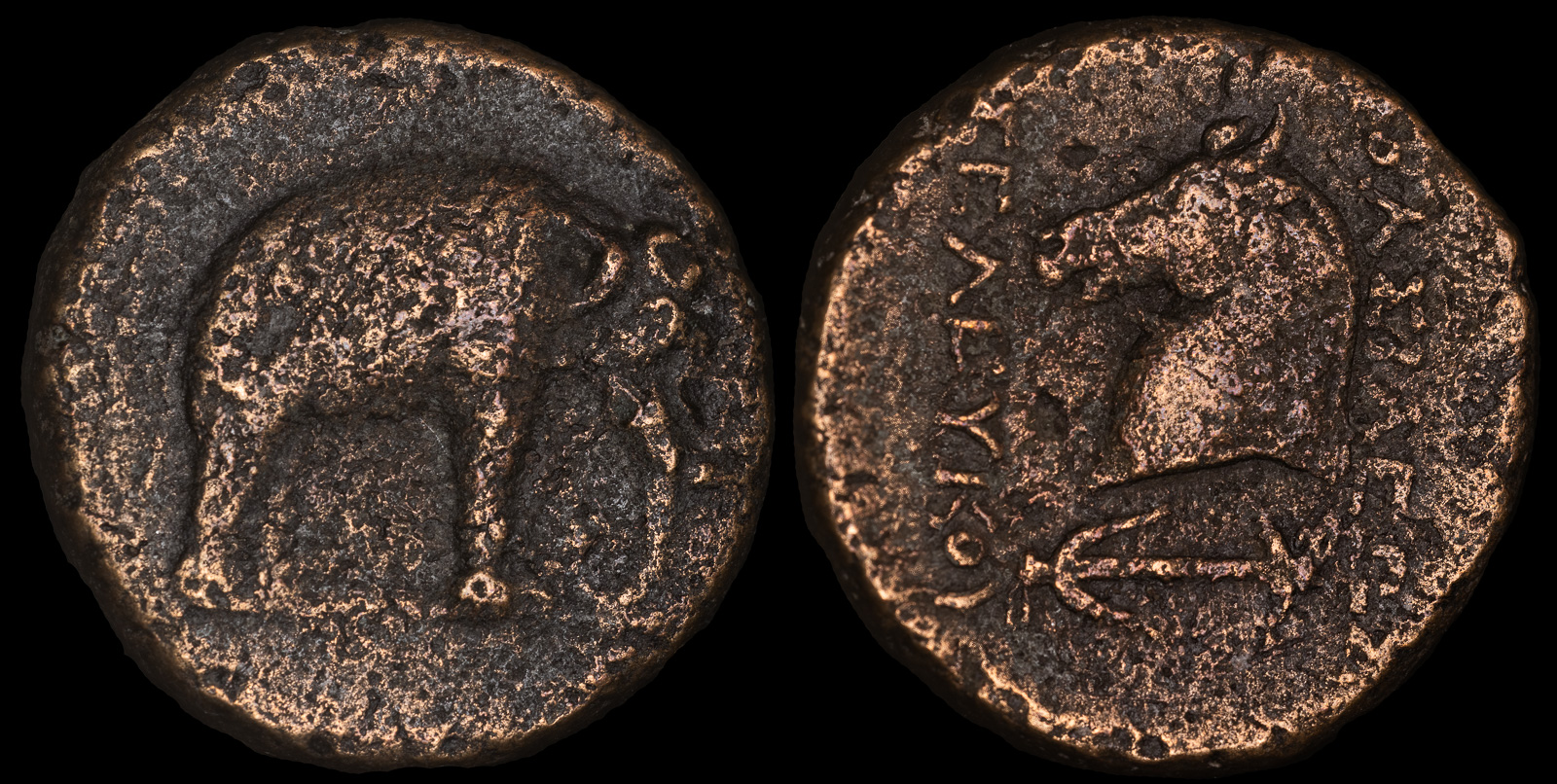Elephant
View All Tags
In ancient Greece, elephants were rare and often associated with foreign rulers or regions that had access to these animals, particularly in the eastern parts of the known world, like India and North Africa. The Greeks first encountered elephants through their interactions with the Persian Empire and later during the conquests of Alexander the Great in India. Elephants were famously used by King Porus of India during the Battle of the Hydaspes in 326 BCE, where Alexander faced an army that included war elephants. Though Alexander’s army was victorious, the sight of these majestic creatures made a lasting impression on the Greeks, and elephants were viewed with a sense of awe and wonder. Following Alexander’s conquests, Greek artists began to depict elephants in their works, often as a symbol of exotic wealth or power. Some Greek coins from the Hellenistic period feature images of elephants, particularly to commemorate military victories over kings who used elephants in battle.
The Carthaginian general Hannibal famously used war elephants during the Second Punic War (218–201 BCE) in his campaign against Rome. Hannibal’s crossing the Alps is one of the most legendary episodes in military history, symbolizing the strength and determination of the Carthaginian general. Although the Romans were ultimately able to defeat Hannibal, they greatly respected elephants in warfare and brought several to Rome. Roman generals would sometimes use elephants in triumphal parades to emphasize their military victories and reinforce their authority and divine favor. The Roman emperor Augustus is known to have paraded elephants in the streets to celebrate his victories and to demonstrate his power and control over distant lands.
Beyond their military use, elephants in Rome also became symbolic of imperial power and exotic luxury. Emperors such as Julius Caesar and Caligula staged spectacles featuring elephants in the arenas, where they would be paraded, used in mock battles, or even set against other animals to entertain the public. The sight of these creatures, which were rare and difficult to acquire, reinforced the emperor’s ability to command resources from distant lands and his connection to the divine and the exotic. Elephants also appeared on Roman coins, where they were used as a symbol of the emperor’s strength and imperial reach.
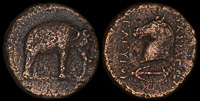
Apameia, Syria 300-281 BCE
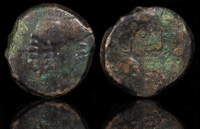
Celtic Treveri. 50-30 BCE

Julius Caesar 49-48 BCE
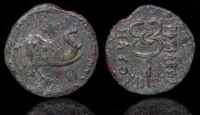
Maues 125-85 BCE

Ptolemy I Soter 311-305 BCE
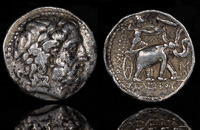
Seleukos I Nikator 296-281 BCE
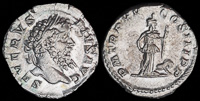
Septimius Severus 207 CE
